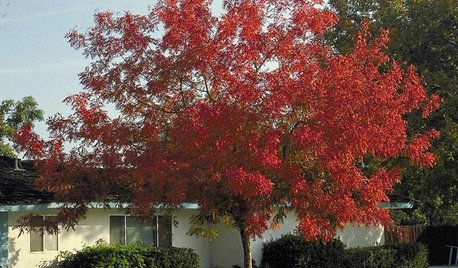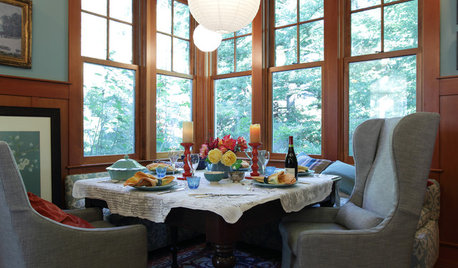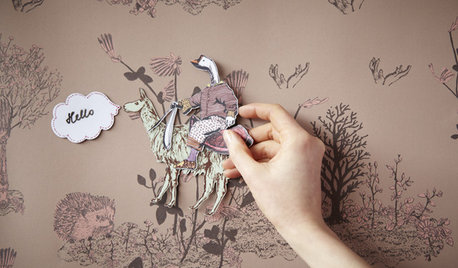Chinese Pistache Picture Question
JSFlydad
9 years ago
Related Stories

RED FOLIAGEGreat Design Plant: Chinese Pistache
Versatile and easygoing, this tree puts on a guaranteed fall spectacle in the landscape
Full Story
DOORS5 Questions to Ask Before Installing a Barn Door
Find out whether that barn door you love is the right solution for your space
Full Story
FEEL-GOOD HOMEThe Question That Can Make You Love Your Home More
Change your relationship with your house for the better by focusing on the answer to something designers often ask
Full Story
DECORATING GUIDESChinoiserie Sends Rooms on Flights of Fancy
Gilded, lacquered or delicately detailed, decor pieces with fanciful Chinese motifs convey an exotic, well-traveled spirit
Full Story
DECORATING GUIDESThe Most Helpful Furniture Piece You May Ever Own
Use it as a table, a seat, a display space, a footrest ... and indoors or out. Meet the ever-versatile Chinese garden stool
Full Story
DECORATING GUIDES7 Things to Know About Foo Dogs
These Chinese decorative statues have a lengthy history and are powerfully symbolic
Full Story
DECORATING GUIDESA Designer’s 8 Go-to Decor Pieces
Classic designs such as a Saarinen table and a Chinese garden stool will lift just about any room
Full Story
FUN HOUZZHouzz Quiz: What's Your Decorating Style?
Answer these 9 questions to find out what decorating style suits you best
Full Story
COFFEE WITH AN ARCHITECTA Few Things I Would Like to Ask Frank Lloyd Wright
It could take a lifetime to understand Frank Lloyd Wright's work — less if we had answers to a few simple questions
Full Story
DECORATING GUIDESDesign Tastemaker: Sian Zeng's Magical Prints
Enchanting magnetic wallpaper, surreal cushions and more add an element of fantasy to indoor spaces
Full Story






ken_adrian Adrian MI cold Z5
bostedo: 8a tx-bp-dfw
Related Professionals
Manorville Landscape Architects & Landscape Designers · Paradise Landscape Architects & Landscape Designers · Bethlehem Landscape Contractors · Apollo Beach Landscape Contractors · Dallas Landscape Contractors · Mashpee Landscape Contractors · Middleton Landscape Contractors · Wallingford Landscape Contractors · West Palm Beach Landscape Contractors · Camp Springs Landscape Contractors · Beaumont Siding & Exteriors · Richmond Siding & Exteriors · Wilmington Siding & Exteriors · Champaign Decks, Patios & Outdoor Enclosures · Parker Decks, Patios & Outdoor EnclosuresJSFlydadOriginal Author
Sara Malone Zone 9b
Calif1Donna
brandon7 TN_zone7
j0nd03